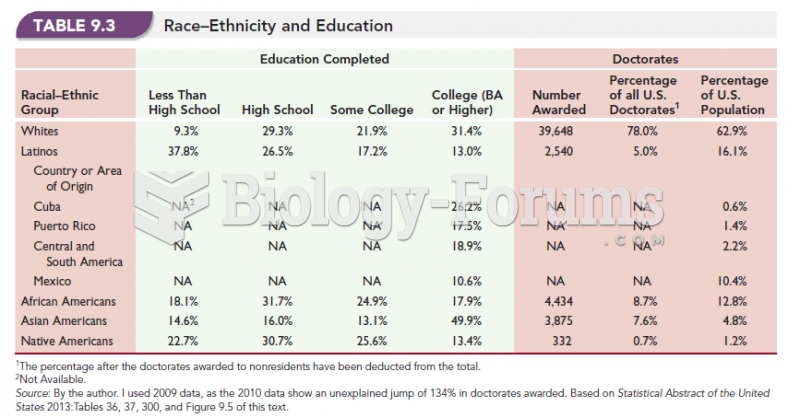Answer to Question 1
Answer: D
Explanation: Workforce diversity includes only permanent or innate features such as age, race, ethnicity, gender, physical abilities/disabilities, and sexual orientation. Any characteristic that arises out of achievement, such as education level or computer skills, is not generally considered to be a standard diversity category. Any wholly voluntary characteristic, such as the way a person dresses, should also not be considered a diversity category. The above indicates that only age represents a diversity category so it is the correct response.
Answer to Question 2
Answer: The classical view of social responsibility has quite a bit of moral weight to it. If you define the purpose of a profit-making company or enterprise to be to make money for its stockholders, then any activity that is not devoted solely to making money is a diversion from the goal and therefore it cheats the stockholders from their rightful profits. That means that any funds, resources, or efforts of any type to advance the welfare of society (the socioeconomic view of social responsibility) is therefore immoralat least by the definition provided so far.
That said, it seems artificial to assert that a company has only a single purposeto make a profit. It is similar to saying that a worker has only one purposefor example, to feed his or her family, and any efforts made not in pursuit of that goal cheat the family out of its rightful property and is therefore immoral. However, workers clearly do not have only one purposethey have multiple purposes: to feed their family, to protect their family, to teach their family, and so on.
Going back to a company, if it is incorrect to assert that a person can have only a single purpose then it is perhaps also incorrect to assert that a company can have only a single purpose. Like a worker, a company can have multiple purposes. One of them might be to make a profit. Others might include such things as protecting and improving society's welfarein other words, the socioeconomic view of social responsibility. If you define a company as an entity that has many purposes, some economic, some moral, then the conflict between the two views largely melts away, and the socioeconomic view becomes the only true view of the situation.







